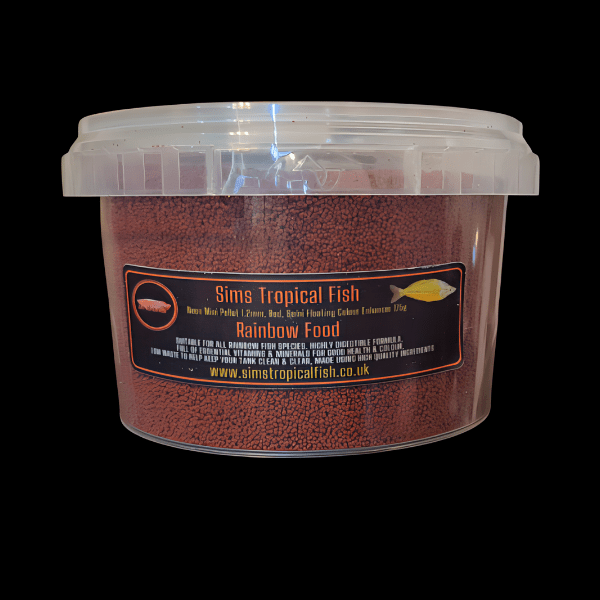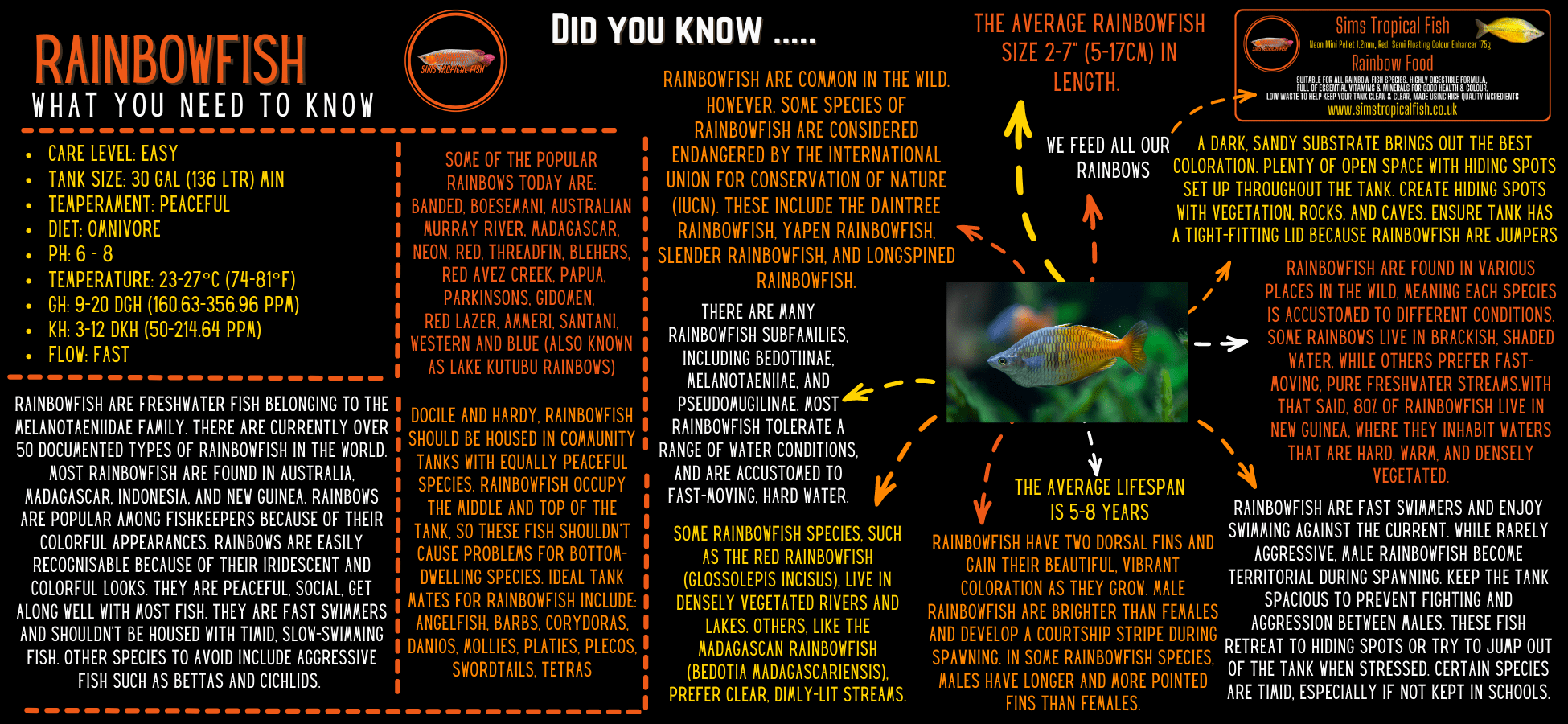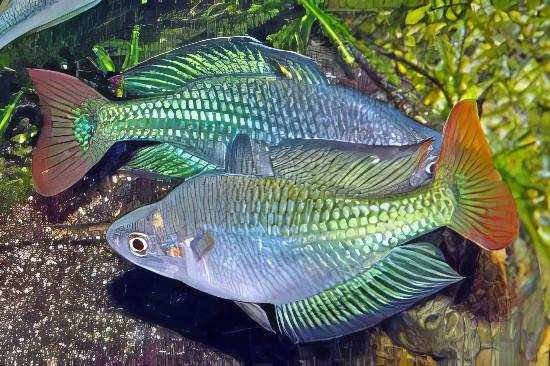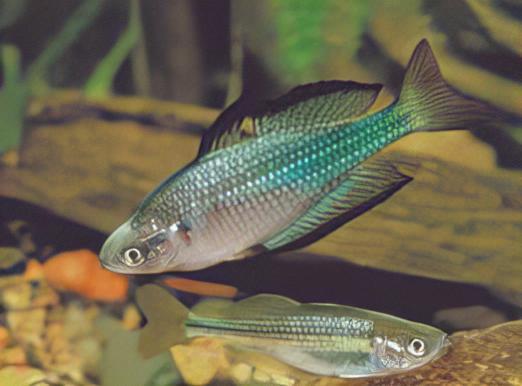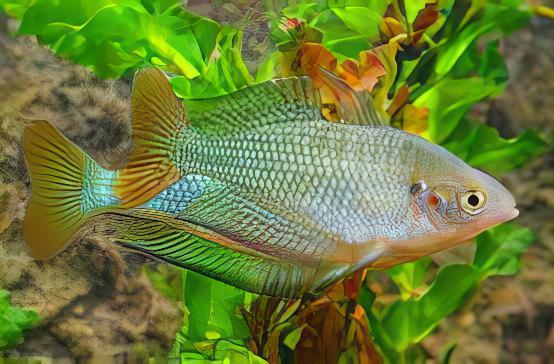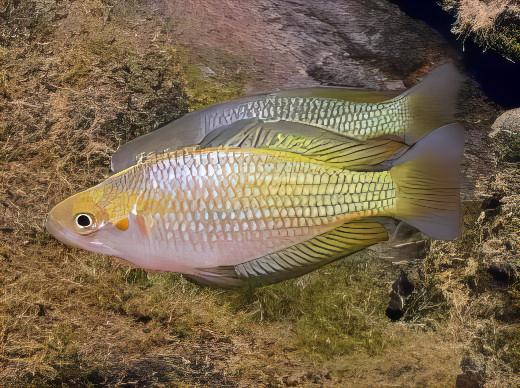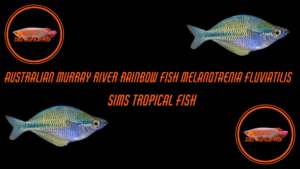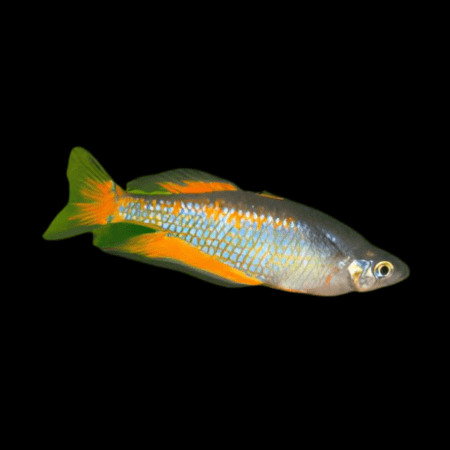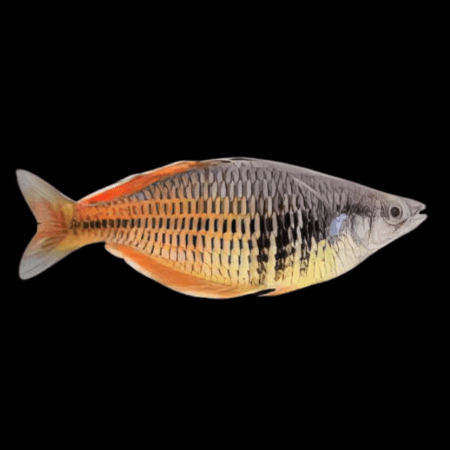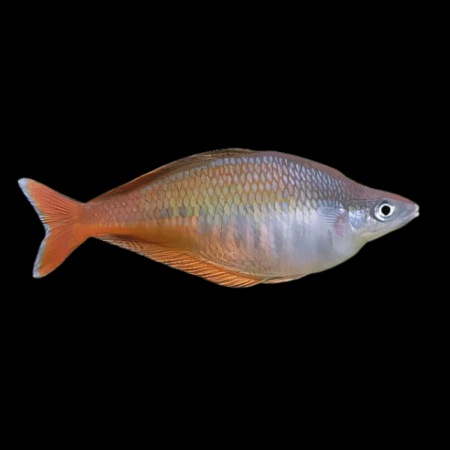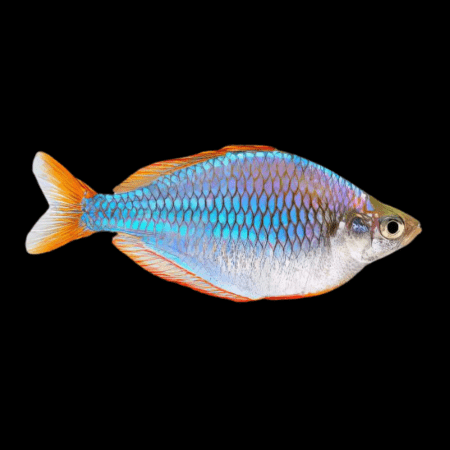Description
Australian Murray River Rainbow Fish Melanotaenia Fluviatilis
Melanotaenia fluviatilis were initially collected during the 1870s from the Murrumbidgee River in New South Wales and scientifically described as Aristeus fluviatilis by Castelnau in 1878. Until 1986 this species was considered the same as Melanotaenia duboulayi (both were known as Melanotaenia fluviatilis). Following a review of the rainbowfish family in 1980, they were renamed Melanotaenia splendida fluviatilis. However, a study of its early life-history stages resulted in Melanotaenia splendida fluviatilis being separated into two species, Melanotaenia duboulayi from the eastern coastal drainage systems of northern New South Wales and southern Queensland, and Melanotaenia fluviatilis from the inland Murray-Darling River system. They are not easily distinguished from Melanotaenia duboulayi. Principal variations are body depth, fin counts, and colour pattern. In addition, there are clear differences in egg characteristics and larval development. Southern populations often have a broader head and blunter snout compared to fish from the northern part of the range.
Melanotaenia fluviatilis is a small species with a maximum size of 10 cm, but more commonly less than 8 cm. Males are usually much larger and deeper bodied than females. Mature males can usually be identified from the elongation of posterior rays in the second dorsal and anal fins and are more brightly coloured. Females have smaller rounded dorsal and anal fins. As with most rainbowfishes, the colour is variable depending on location and water conditions. The basic colour is olive, brownish, or slightly turquoise on the back and upper side grading to white on the lower half. A thin reddish stripe is situated between each horizontal scale row, particularly in mature males. There is sometimes a blackish, mid-lateral stripe. Fins are clear to reddish, sometimes with faint spotting. Males may have blackish margins on the dorsal, anal, and anterior margin of the pelvic fins, especially during courtship and spawning. Prior to spawning the male’s colour intensifies becoming emerald green, the throat orange and the tail fin red.

